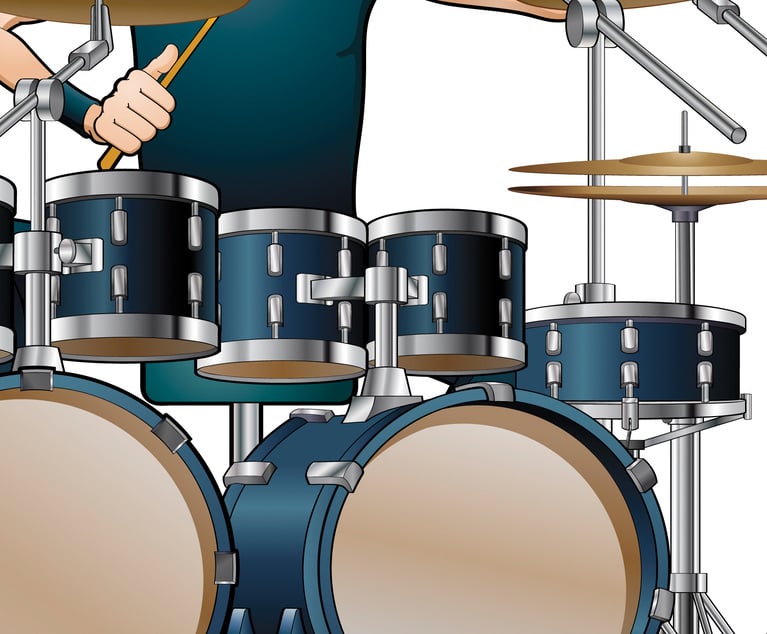New York has experienced a trend of upwardly spiraling verdicts for pain and suffering directly precipitated by abuses of the now-ubiquitous tactic of “anchoring”. For the uninitiated, anchoring abuse is the tactic of requesting an outlandishly high verdict in hopes of inflating a “compromise” number—that is, asking for $50 million for pain and suffering in hopes that the jury will consider $25 million a modest compromise, even though, historically, the Appellate Division has never permitted an award for the injury in question higher than $10 million under CPLR 5501(c).
Anchoring exploits a tension within New York public policy as expressed in the CPLR. CPLR 4016(b) grants attorneys the express right to request “a specific dollar amount” for pain and suffering. But CPLR 5501(c) also requires damages awards to stay within the bounds of “reasonable compensation”, and establishes a system whereby parties on the receiving end of an unreasonable verdict may seek review of the verdict through a comparable case analysis. Anchoring thus permits a plaintiff to abuse the CPLR 4016(b) privilege, secure an unreasonable and unsustainable verdict, and impose the cost of further litigation of the verdict on defendants, while burdening the courts. Anchoring accomplishes all of this with no downside to its proponent, as the probable outcome of even the most egregious anchoring requests is simply a remittitur to the high end of the sustainable range, which is itself a perverse reward for an improper comment. Over time, the consistent reduction of these verdicts to the high end of the range drives the range upward, benefitting the plaintiff bar and undercutting CPLR 5501(c)’s stated purposes to increase fairness to all litigants, normalize award ranges, prevent upward spiral, reduce uncertainty, and decrease litigation and court congestion.


 Timothy R. Capowski and John F. Watkins
Timothy R. Capowski and John F. Watkins




